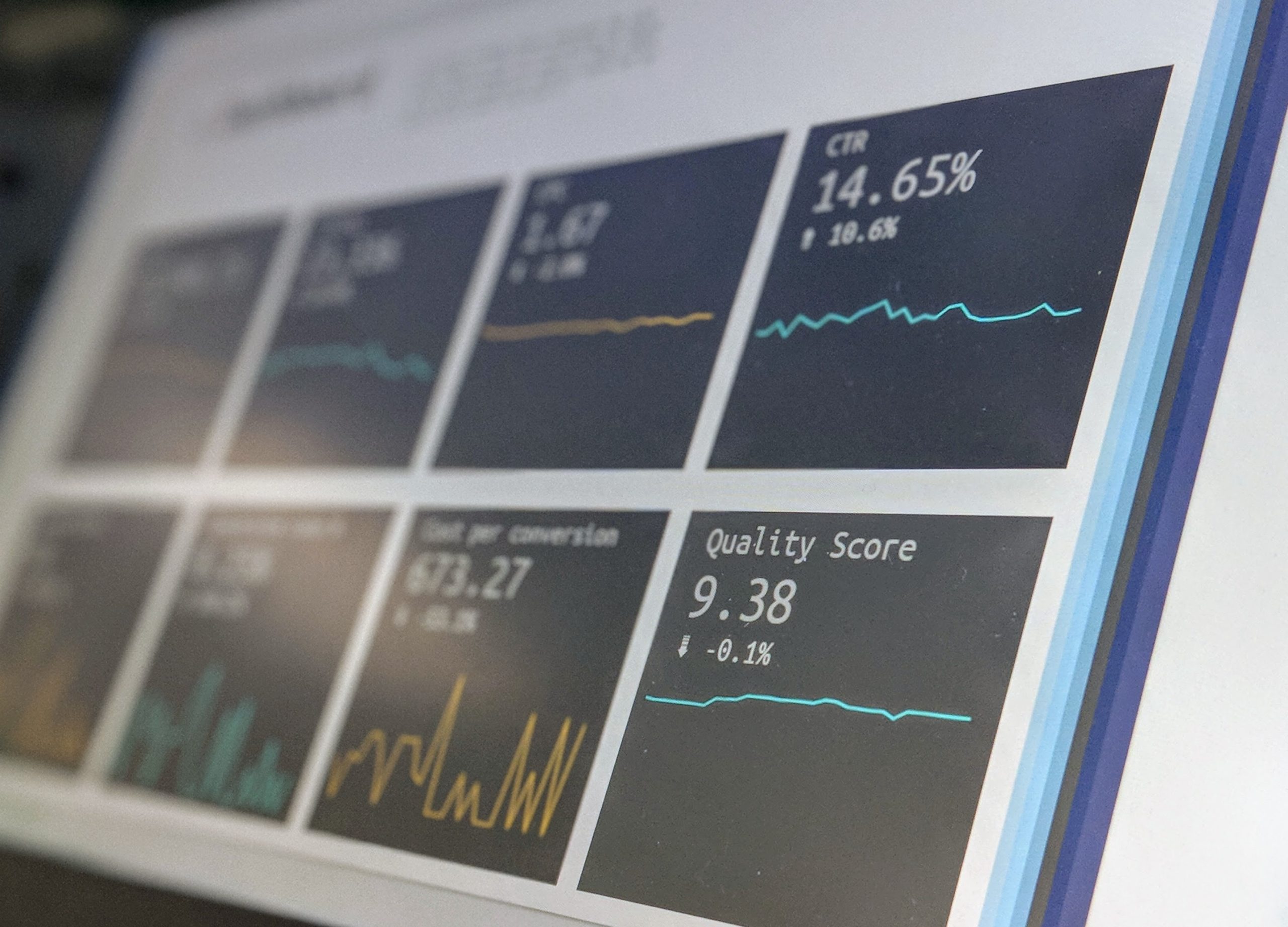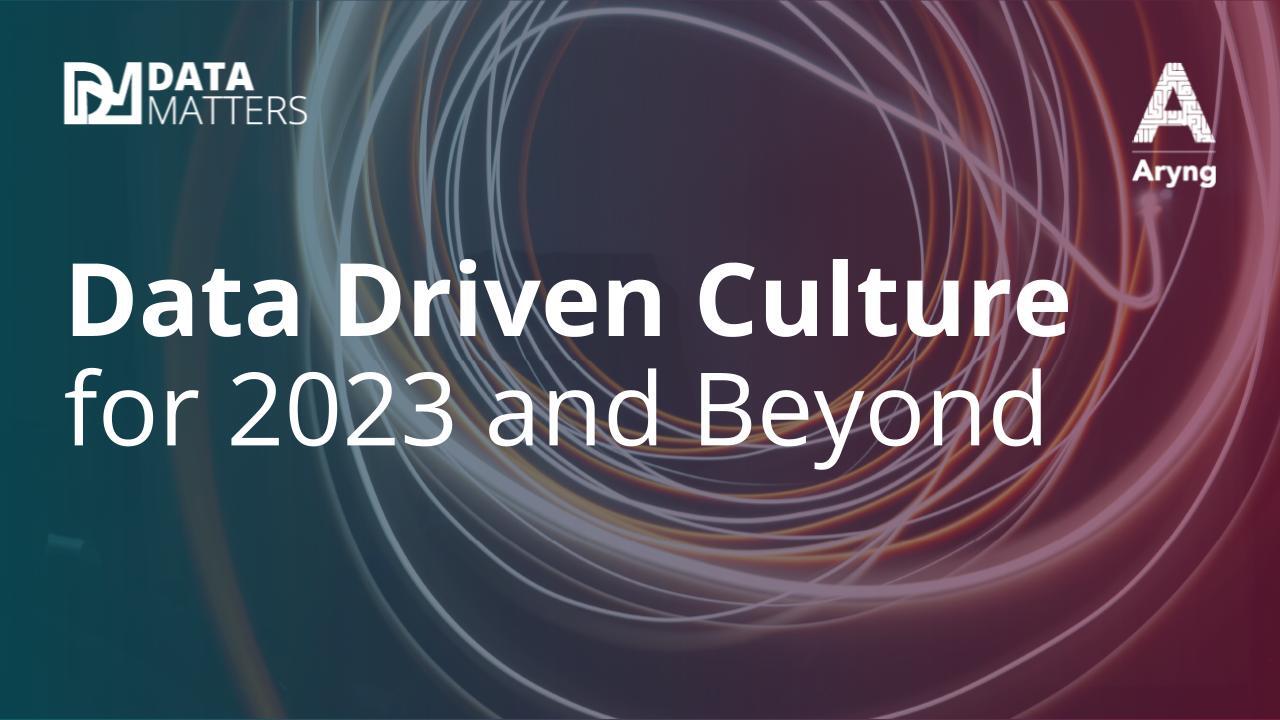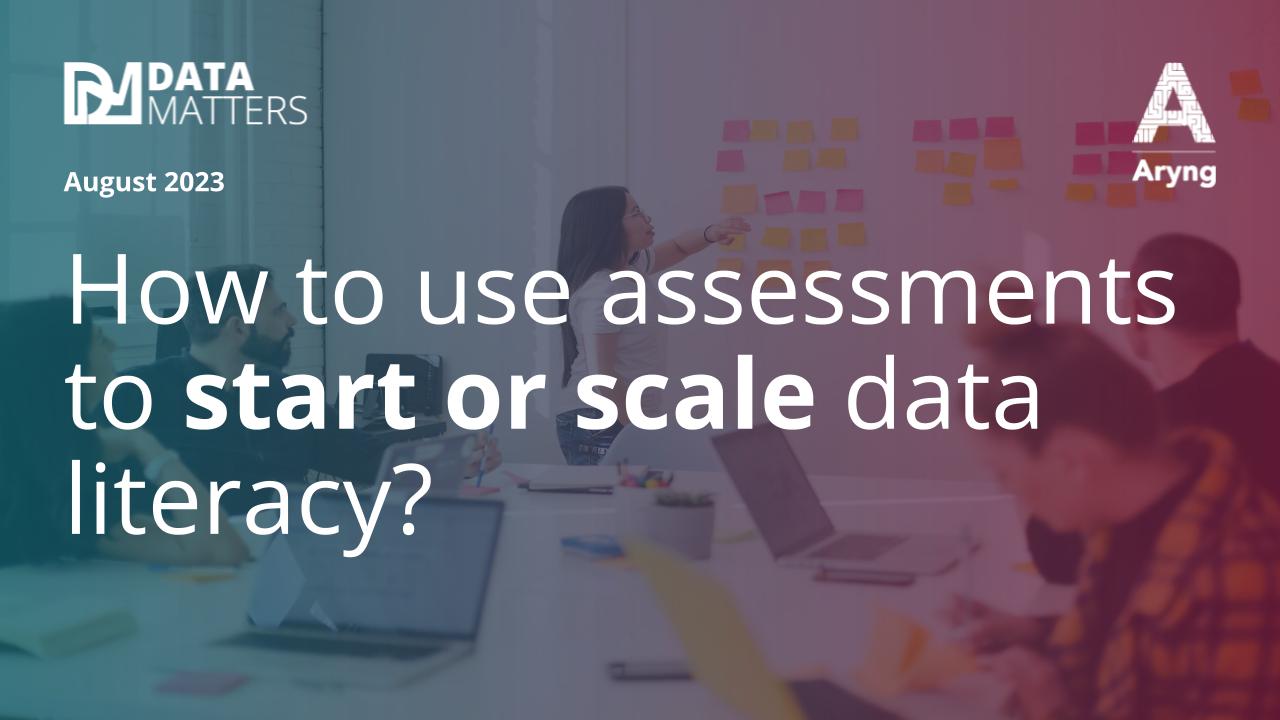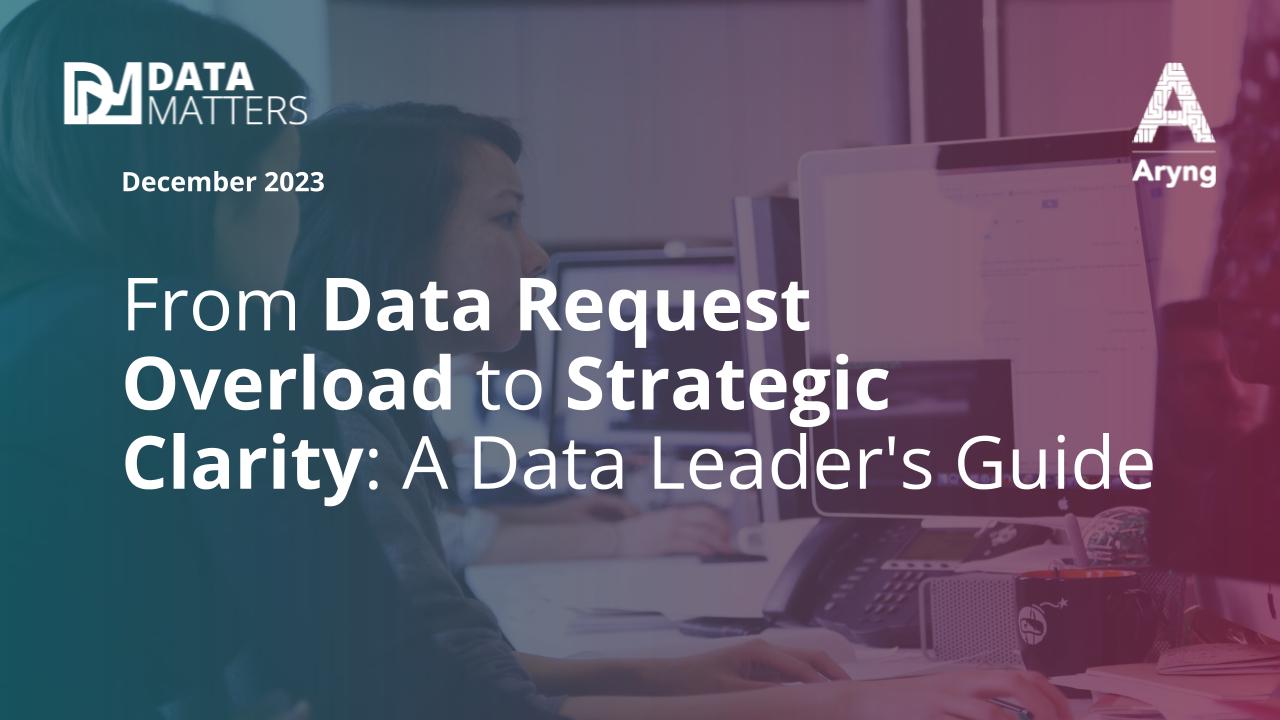Organizations are now more and more taking advantage of data to bolster themselves. Companies are using data to make decisions instead of relying on intuitions or just past experiences. This forms the basis of data culture – when your company applies data to make decisions at every level. It is hence a passport you need to survive in this new digital world. Data Culture Assessment is your way to begin your company’s transformation toward analytics maturity, i.e. evolving into an organization that manages data and uses it to make informed decisions, thereby driving revenue.
Building Data Culture
A company with mature data analytics need to have these four data attributes:
- Data-driven Leadership: The leaders of the organization understand the power of data as well as analytics and have a strong motivation to lead by numbers.
- Data Maturity: There is a single source of truth for data, i.e. people can access data with ease
and that data is accurate. - Data Literacy across the organization: Data Literacy calls for all members of the organization to have a certain level of understanding of data depending upon their job role and the decisions they need to make.
- Data-driven decision-making process: There exists a mechanism to make decisions in the organization, which is aligned with the key drivers of the business. This allows everyone to understand how their work moves the key metrics, thereby adding value to the company.
Assessing Data Culture within your organization
Now that we know the four pillars of data culture, we can start the transformation of your organization. First of all, you will need to assess where your company stands in terms of data culture. At this phase, you ask questions such as:
- How mature is access to data in your organization?
- Is there a single source of truth?
- How data literate is your organization?
- Is there a data-driven decision-making process?
- How data-driven is your organization?
By asking these questions, you understand where the company lacks in achieving your goal of building data culture. You can map the results on a chart to assess the problems you are facing. Then, you can work toward improving them. For instance, consider the sample output shown below.

Analytics Maturity Heat Map (sample output).
It can be seen here that the company concerned needs to improve its data culture. It lacks data maturity (seen in red and marked by initials DM). Now, the company needs to work on the data maturity aspect to become data-driven. It also needs to improve its leadership attribute as it scores just four in a scale between 0 and 10.
At Aryng, we have a comprehensive analytics maturity assessment method. This is based on detailed stakeholders interviews, enterprise-wide surveys, data infrastructure audits, and deep dive-in planning process. The output of the assessment is a heat map (as shown above) with scores across every sub-dimension of analytics maturity.
Need help?
If you are planning to develop data culture, we are happy to help to make you make the transition. We can help you in conducting a comprehensive Data Culture Assessment. We can also further guide you through developing data culture within your organization. You can reach us at info@aryng.com.
About Aryng
Aryng is a Data Science consulting and training company. We are a unique partnership of analytics professionals with decades of experience in Fortune 100 companies, conducting analytics, building and managing Business Intelligence and Analytics teams, and delivering cumulative results in the $100s of millions.









